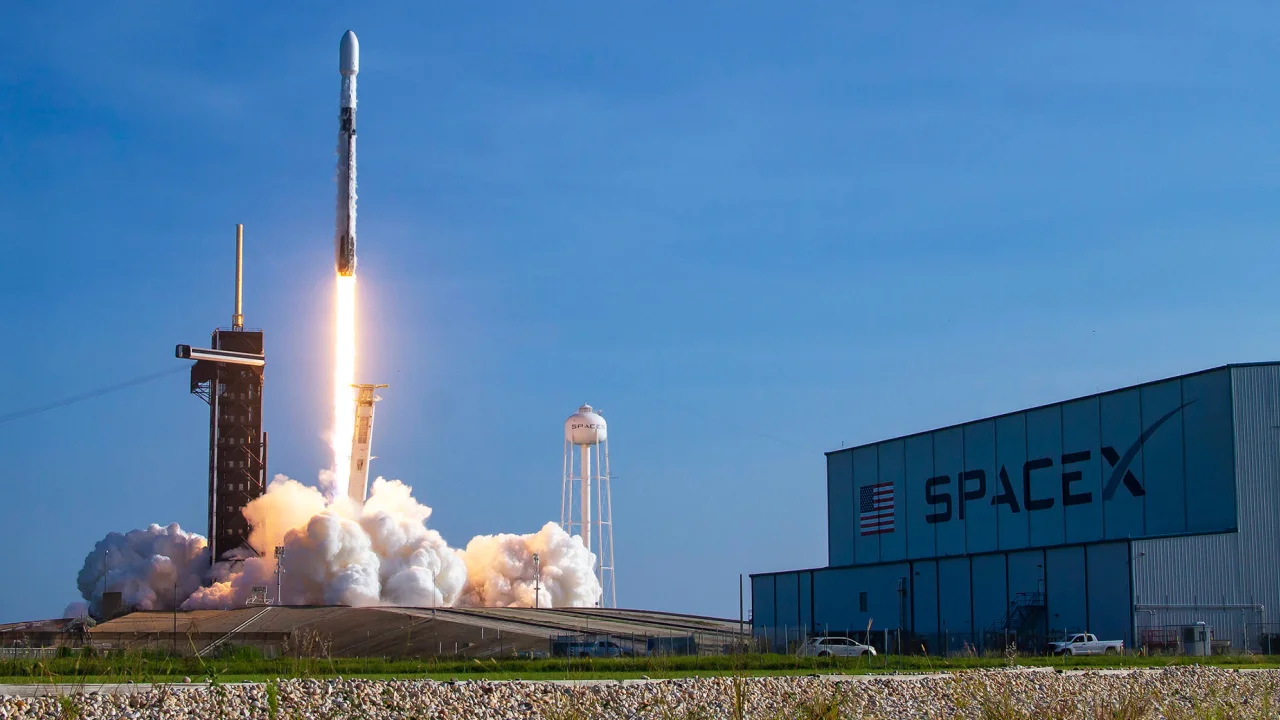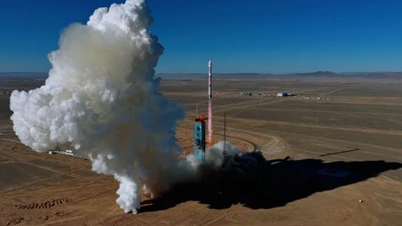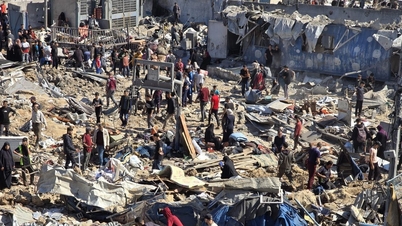
Photo: SpaceX.
This report was presented to members of the U.S. Congress on October 5 by the Federal Aviation Administration (FAA), the agency responsible for regulating the launch and recovery of commercial space vehicles.
This 35-page analytical report, primarily compiled by the non-profit organization The Aerospace Corporation, paints a grim picture of the potential dangers associated with large satellite networks like Starlink.
In a letter dated October 9, SpaceX criticized the report's conclusions, stating that claims of injuries or deaths related to debris from Starlink satellites were "absurd, unsatisfactory, and inaccurate."
In the letter, the company asserted that the report was compiled based on “a series of seriously flawed analyses that inaccurately assessed the risks of handling re-entry objects related to Starlink.” SpaceX also accused The Aerospace Corporation of failing to contact SpaceX to gather information and of not providing information about SpaceX's own analysis and report on the handling of Starlink satellites.
"To clarify, SpaceX satellites are designed and manufactured so that they can completely burn up during re-entry into the atmosphere when handled after the end of their lifecycle. They do exactly that."
The letter also stated that 325 Starlink satellites have fallen out of orbit since February 2020 and no debris has been found so far.
In a statement released Tuesday afternoon, The Aerospace Corporation said: “Our engineering team is working with SpaceX and other companies to assess and update the data.”
The research organization stated that the FAA contacted them more than two years ago to “request an independent assessment of the overall risks associated with the re-entry of satellites, based on estimates of planned operations under U.S. government management in 2021. Data provided included existing and planned satellite networks up to 2035. The majority of these satellites are in Low Earth Orbit (LEO).”
"Significant long-term risk"
The FAA's analysis acknowledges that SpaceX has asserted that the Starlink satellites burn up completely upon re-entering the Earth's atmosphere after their lifecycle ends, posing no danger to people, aircraft, or infrastructure. The report also acknowledges that the Federal Communications Commission, the agency that licenses companies to operate satellites, has accepted this assessment.
However, The Aerospace Corporation “estimated each SpaceX satellite could produce three pieces of debris weighing 300 grams each,” and according to the document, “when compiling this report, the FAA used a more modest figure.”
The document also states, “with thousands of satellites re-entering the atmosphere, even a small amount of debris could pose a significant long-term risk.”
SpaceX refutes this claim, arguing that the assessments are based on “gross errors, numerous omissions, and inaccurate assumptions.” The company states that the parameters are based on a 23-year-old NASA study of satellites operated by another satellite operator called Iridium, and that this study was not conducted for the purpose of assessing risk.
In the letter, SpaceX also criticized the report for "focusing solely on Starlink, ignoring other satellite systems such as Amazon's Project Kuiper, OneWeb, or any other LEO satellite systems being developed and deployed by China."
Starlink was mentioned 28 times in the FAA report, while Amazon's Project Kuiper was named 4 times in the data tables. The analysis also confirmed that, by 2035, SpaceX satellites will contribute "85% to the projected risk to people living on Earth and to aircraft."
When asked for comment on Tuesday, the FAA said it was “evaluating the correspondence received.” Four members of Congress who received the initial report did not respond to requests for comment.
This report was prepared for the U.S. Congress in response to a 2020 legislative request asking the FAA to investigate how the agency would address safety risks associated with launch and re-entry operations.
In its report, the FAA stated that even if it “modifies its regulatory decision through legislation, the FAA’s requirements would still not be sufficient to address all risks from re-entry into the environment for people on the ground or in aircraft because the FAA’s jurisdiction does not include projectiles launched from outside U.S. territory.”
Nguyen Quang Minh (according to CNN)
Source















































































































Comment (0)